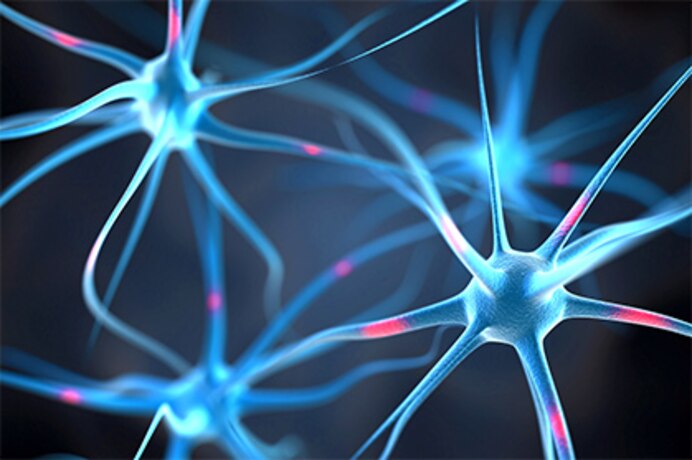New Hope for PTSD Treatment,
May 16, 2019
Newly Identified Neural Circuit May Be Target for Future PTSD Treatments
A research team funded by the Hope for Depression Research Foundation (HDRF) has identified a specific circuit of young adult-born neurons in the brain that plays a key role in the recognition of a safe versus hazardous situations.
Their findings, recently published in Science, could pave the way for more targeted treatments for conditions such as PTSD that are associated with hypervigilance and recurrent distressing memories.
“Without these cells, we would be incapable of distinguishing similar situations from each other, a process sometimes termed pattern separation, which is critical not only for forming novel memories but also for discriminating between safe and dangerous contexts,” said the study’s senior investigator, René Hen, PhD, of Columbia University, and a founding member of HDRF’s Depression Task Force.
In a study conducted in adult mice, Hen and his team looked at how these young adult-born neurons in the hippocampus either excite or inhibit other areas of the brain involved in mood and memory. These opposing mechanisms have a profound effect because they allow us to distinguish between similar memories and prevent old memories from interfering with new ones.
According to Hen, identification of the neurotransmitters and receptors in this circuit “gives us the information we need to develop drugs that could mimic the young neurons.” He noted that SSRIs – such as Prozac, Lexapro and Zoloft – all work by increasing the creation of these young neurons, a process known as neurogenesis. However, these existing medications take four to six weeks to work.
It may now be possible for the field to developing better, faster-acting treatments that by-pass the need for new neurons and intervene in more precise places along the mood and memory neural networks.
More than five percent of Americans have experienced some form of post-traumatic stress disorder; for combat veterans, the figure is even higher. Millions of others suffer from extreme anxiety, phobias and the hard-to-extinguish cravings of addiction. These emotions appear to be formed and stored in the same neural circuits controlled by the young neurons, which means that a successful treatment for one condition might also work for others.


